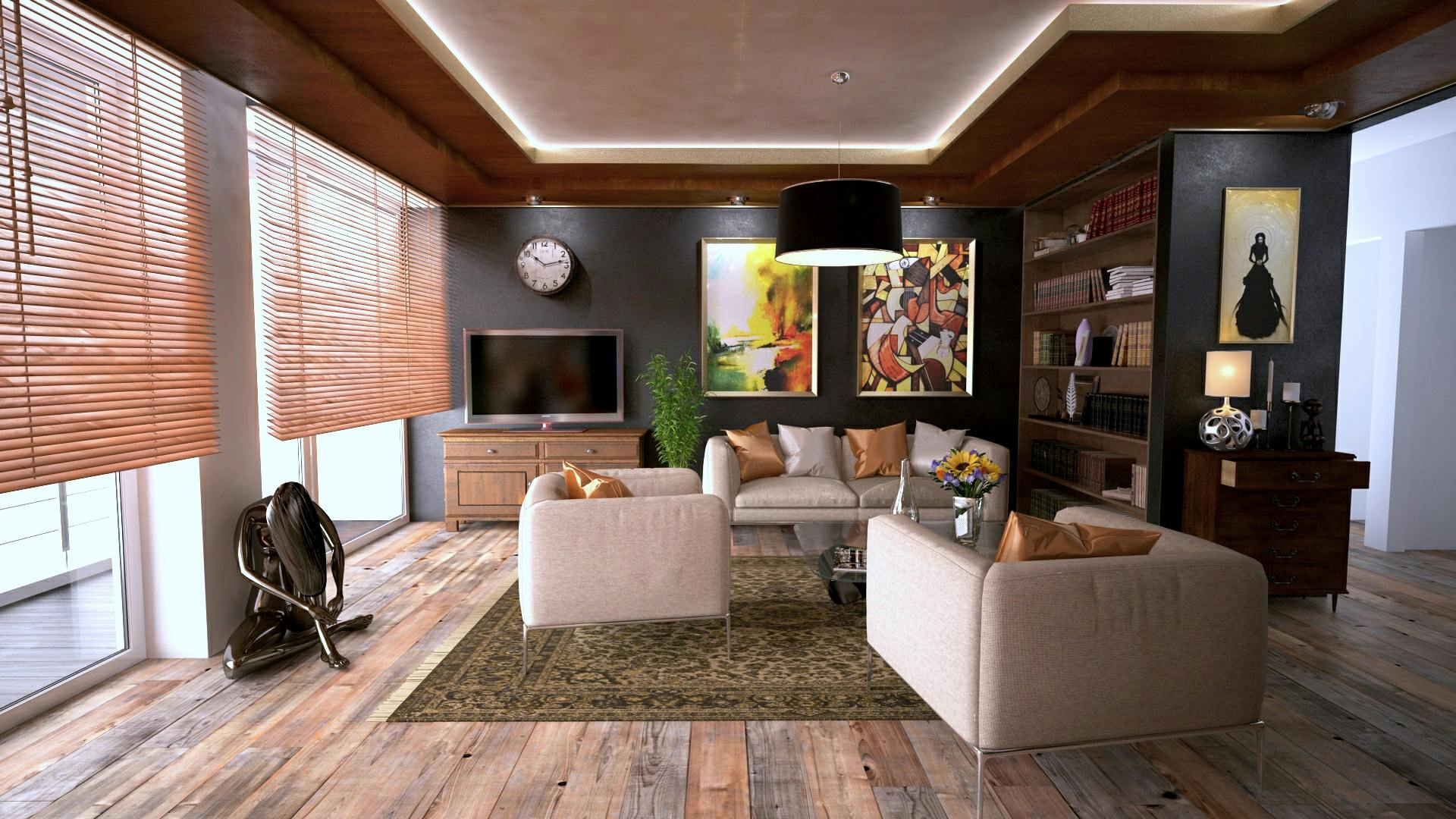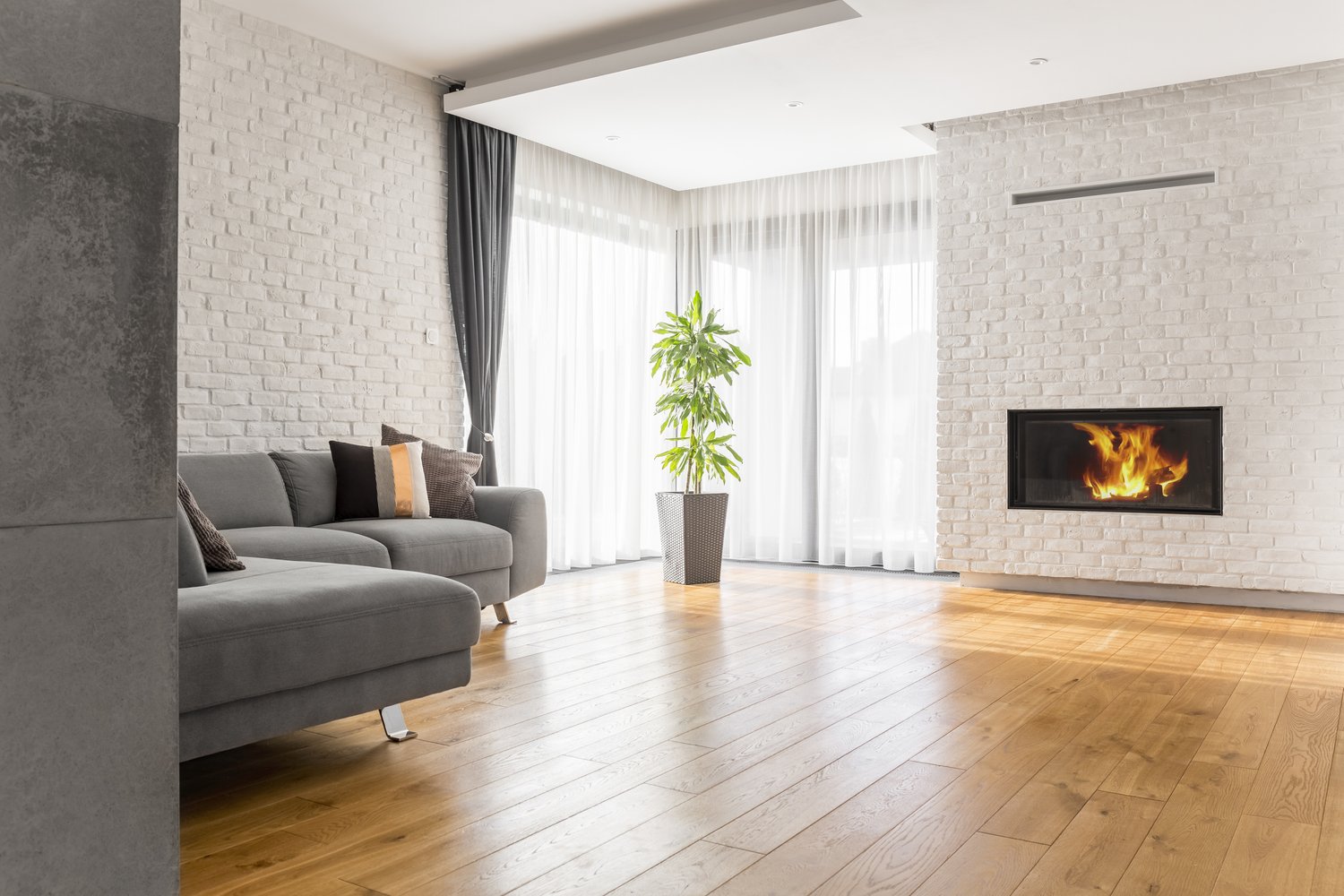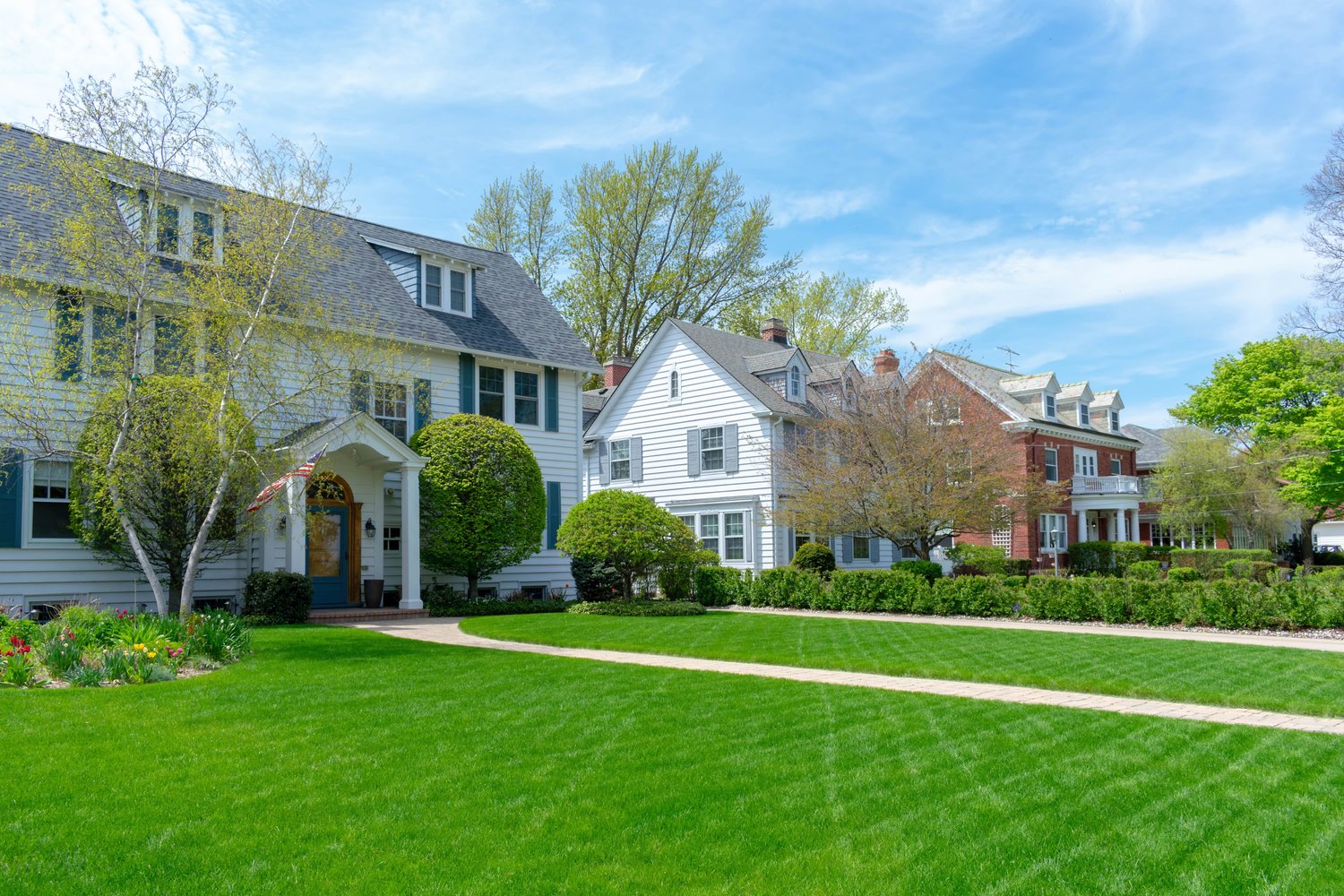The art of blending different interior design styles has become increasingly popular as homeowners seek to create spaces that reflect their diverse tastes and experiences. Mixing interior design styles allows for personal expression while breaking free from the constraints of adhering to a single aesthetic. However, creating a cohesive eclectic home requires thoughtful planning and execution to avoid a chaotic or disjointed appearance. This article offers practical advice on how to successfully blend elements from various design traditions, from modern to traditional, creating spaces that feel harmonious yet personalized.
Understanding Eclectic Design
Eclectic interior design is fundamentally about thoughtful curation rather than random collection. The most successful eclectic spaces are those that feel intentional, where each element serves a purpose within the greater design narrative. Unlike purely traditional or exclusively modern interiors, an eclectic approach celebrates diversity while maintaining visual harmony. The key to mastering this style lies in understanding that “eclectic” doesn’t mean “anything goes”—it means creating meaningful connections between different design elements that might not obviously belong together. When done correctly, mixing interior design styles results in rooms that feel collected over time, reflecting the personality and life journey of those who inhabit them.
Establishing a Unifying Foundation
Before you begin combining different design elements, establish a cohesive foundation that will anchor your space. This often starts with a consistent color palette that can bridge diverse styles. Neutral backgrounds work particularly well as they provide flexibility while unifying disparate pieces. Consider using a consistent flooring treatment throughout connected spaces to maintain flow, even as furniture styles change from room to room. The architecture of your home itself may suggest certain style directions—for example, a Victorian home provides a different canvas for mixing styles than a mid-century modern dwelling. By respecting these foundations, your eclectic choices will appear more intentional and less haphazard.
Balancing Modern and Traditional Elements
One of the most popular and effective ways to create an eclectic look is to blend modern traditional elements within a single space. This pairing works because of the natural tension between old and new, creating visual interest through contrast. To achieve this balance, you might place a sleek, contemporary sofa against a wall featuring traditional molding, or position an antique sideboard beneath modern abstract artwork. The key is to ensure that neither style overwhelms the other—aim for a conversation between elements rather than a competition. As designers at AskHomey often suggest, pairing clean-lined modern pieces with ornate traditional ones creates a dynamic that feels both fresh and timeless.
Creating Visual Connections
For a truly cohesive eclectic home, create visual threads that connect different style elements throughout your space. These connections might be based on repeated shapes, materials, or design motifs. For example, if you have both mid-century and industrial pieces, the warm wood tones in mid-century furniture can be echoed in wooden accents within your industrial elements. Similarly, metallic finishes can serve as a common thread between contemporary and traditional pieces. Textiles also offer excellent opportunities for connection—the same fabric pattern might appear on both a modern chair and traditional drapery, subtly linking these disparate styles.
Thoughtful Scale and Proportion
Regardless of style, design principles like scale and proportion remain crucial when mixing elements. Pay careful attention to the size relationships between pieces, ensuring they complement rather than compete with one another. A common mistake in eclectic decor is bringing together items that are all statement pieces, creating visual chaos. Instead, allow certain elements to take center stage while others play supporting roles. Consider the negative space around objects as well—giving breathing room to distinctive pieces helps emphasize their unique qualities and prevents the cluttered look that poorly executed eclectic spaces sometimes develop.
Layering with Intention
Successful eclectic design often involves thoughtful layering of elements that build depth and interest. Start with larger furniture pieces that establish the room’s structure, then add lighting, textiles, and accessories that enrich the narrative. Each layer should contribute to the overall cohesion while adding nuance to your style story. When selecting accessories for your eclectic space, look for pieces that might bridge different style elements or introduce subtle variations on themes already present in the room. These finishing touches are often what transform a merely mixed space into a truly cohesive eclectic home with character and depth.
Finding Your Personal Blend
The most successful eclectic interiors reflect the personalities and experiences of those who live in them. While eclectic decor tips can provide valuable guidelines, ultimately your space should tell your unique story. Take time to consider which elements from different styles resonate most deeply with you, and allow these preferences to guide your choices. Remember that eclectic design evolves over time—it’s not something typically created in a single decorating session. Allow your spaces to grow organically as you discover pieces that speak to you, regardless of their style classification.
For more tips and to connect with reliable home service professionals, follow AskHomey on Facebook and Instagram.



